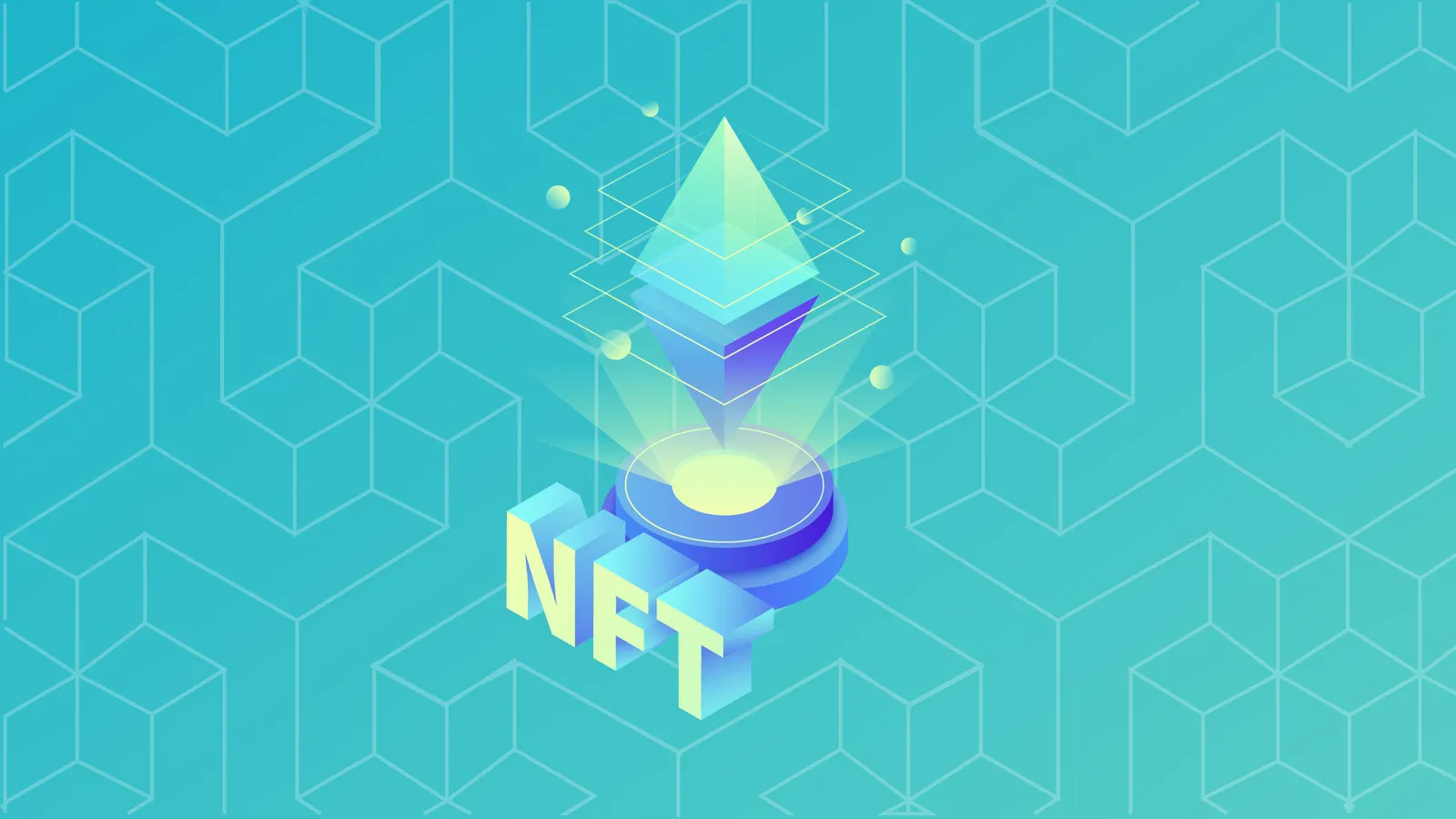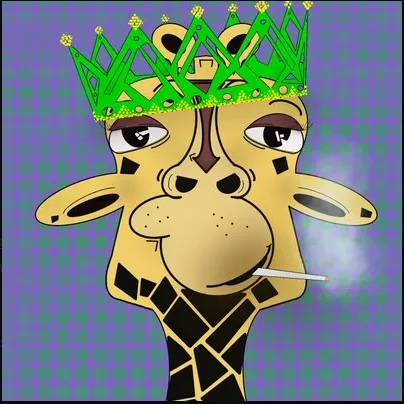In 2017, ERC-20 was the Ethereum token standard that launched a thousand ICOs. Today, ERC-721 has launched a thousand non-fungible tokens (NFTs). Originally the lesser-known cousin of the ERC-20, ERC-721 has grown to become a pillar of the Ethereum ecosystem, underpinning billions of dollars worth of NFTs.
Blockchains are a revolutionary technology upon which entirely new models of value and ownership are being developed.
Before the ERC-721 token standard, most tokens on blockchains functioned either as a currency, a store of value like gold, or a kind of stock or equity. With ERC-721, it became easy to create tokens that were verifiably, cryptographically unique—and that could be linked to unique content, from artwork to music to sneakers.
What is ERC-721?
Firstly, ERC-721 is a type of standard — a template or format that other developers agree to follow. Following the same standards makes writing code easier, more predictable, and reusable. These standards are completely voluntary, but following a widely used standard means compatibility with a wide variety of applications including exchanges, dapps, and wallets.
ERC-721 is a token standard on Ethereum for non-fungible tokens (NFTs). Fungible means interchangeable and replaceable; Bitcoin is fungible because any Bitcoin can replace any other Bitcoin. Each NFT, on the other hand, is completely unique. One NFT cannot replace another.
Who Invented ERC-721?
The initial ERC-721 specification was proposed by Dieter Shirley as an Ethereum Improvement Proposal (EIP), which is a process for introducing new standards to Ethereum.
Anyone can submit an EIP, but it goes through a process of review and revision before it is accepted by the community. Once accepted, the EIP moves to an Ethereum Request for Comments (ERC), which is a standard process for Ethereum applications. The official authors of the ERC-721 standard are William Entriken, Dieter Shirley, Jacob Evans, and Nastassia Sachs.
Did you know?
Early NFT project
CryptoKitties follows the ERC-721 standard; the cat collecting game used the beta version of ERC-721 before the standard was finalized.
A brief history
- September 2017 - Dieter Shirley introduces EIP721.
- December 2017 - CryptoKitties is so popular that it congests the Ethereum network, causing it to slow down significantly.
- December 2017 - NFT marketplace OpenSea launches. By 2022 it is the largest NFT marketplace, with $5 billion in monthly sales.
- June 2018 - ERC-721 is accepted as ‘final’, which means there is a strong consensus among Ethereum developers to accept it as a standard.
- May 2019 - Nike files and is awarded a patent that utilizes ERC-721 standard.
- February 2020 - Decentraland, a virtual world built using ERC-721 NFTs to represent land and virtual objects, launches.
- March 2021 - Beeple’s "EVERYDAYS: THE FIRST 5,000 DAYS" NFT sells for $69.3 million at Christie’s auction house.
- December 2021 - NFT sales in 2021 reached $25 billion.
What’s so special about ERC-721?
The main characteristic of ERC-721 tokens is that each one is unique. When an ERC-721 token is created, there is one and only one of those tokens in existence. These tokens, as NFTs, have spread the idea and application of unique assets on Ethereum.
Did you know?
ERC-721 tokens were also known as deeds, because being in possession of an ERC-721 means that the holder owns the rights to that token and what it represents. However, the authors of ERC-721 decided to use the term "non-fungible token" for an ERC-721 token because the deed was thought to be too closely associated with property and NFTs have many more potential applications.
How are ERC-721 NFTs produced?
A token is simply a smart contract or a piece of code on Ethereum. An ERC-721 token is created by writing a piece of code in a smart contract programming language like Solidity that follows the same basic template or base code.
Once the basic template is followed, you can decide on unique details about the token you are creating such as the owner, name of the token, symbols, etc. You can even program extra functionality into your NFT, but the real fun is how the NFT interacts with other smart contracts.
How do you get hold of ERC-721 NFTs?
It's never been easier to buy and store NFTs. Since the NFT craze started in early 2021, dozens of NFT marketplaces and thousands of NFT projects have popped up.
In addition to ERC-721, other token standards, such as ERC-1155, can support NFTs. However, most NFT buyers are more interested in the NFT itself and less concerned with the token standard it is created with.
To get your very own NFT, head over to one of the many trusted NFT marketplaces such as OpenSea or Rarible. Connect an Ethereum wallet such as MetaMask, and browse until you find an NFT that you like and is within your price range. To buy the NFT, make sure you have enough ETH in your wallet and follow the instructions on the screen.
All the major NFT marketplaces have intuitive user interfaces that make buying an NFT as simple as clicking a few buttons. Also, all major Ethereum-compatible wallets support the ERC-721 standard. To store your NFT you'll need an Ethereum wallet; either a software wallet such as MetaMask, or a hardware wallet.
Once you buy the NFT, you are the rightful owner, and no one can take it away or steal it from you — provided you protect your wallet and don't fall prey to a scammer.
What can you do with ERC-721 NFTs?
Today, the most common use case for ERC-721 NFTs is for digital art. Users buy these NFTs for a number of reasons, including supporting artists, investing long-term in hopes that the price will go up, quickly flipping/trading NFTs for a profit, or simply because they like the artwork.
However, use cases for NFTs extend beyond digital art.
NFTs are commonly used in blockchain-based games, such as Gods Unchained, to represent unique assets within the game. The online collectible card game uses NFTs to represent digital cards, which can then be traded with other players or used in battles. Some blockchain-based games even let you move your items over to different games. This is the beginning of the metaverse, a persistent virtual environment in which NFTs represent digital objects that can be moved between different platforms.
Music NFTs are also becoming increasingly popular. Platforms such as Audius make it easy for artists to mint their work as ERC-721 tokens.
Real-world use cases are also starting to emerge. For example, the ability to mint the deed to your house as an NFT to make real estate transactions more efficient. Or using an NFT to represent ownership of high value assets such as a Rolex watch.
What’s listed above is a small slice of available and possible NFT use cases.
The Future
The future of NFTs and the future of ERC-721 tokens are part of a similar story, but not the exact same one.
ERC-721 was Ethereum’s first NFT token standard. It laid the groundwork for the proliferation and use cases of NFTs we see today. Since 2017, when ERC-721 was introduced, other NFT-compatible token standards have emerged, most notably ERC-1155.
These new NFT standards intend to solve some major challenges surrounding ERC-721 tokens. For example, ERC-721 has limited functionality when it comes to interacting with other standards like the popular ERC-20. Also, ERC-721 tokens take up lots of space on the blockchain. As such, they can cause network congestion, which leads to high transaction fees that can make them unreasonably expensive to purchase.
That said, ERC-721 will certainly hold a place in the future of NFTs. While they might not be the best use case for things like gaming or digital art, they may very well serve use cases at the intersection of blockchain and real world assets such as property, digital identity, commodities, and more.
Ethereum isn't the only blockchain to support NFTs, either. Other smart contract blockchains such as BNB Chain and Avalanche have emerged in recent years, each playing host to their own NFTs. With that has come new token standards, many of them based on ERC-721 (such as BNB Chain's BEP-721 and Secret Network's SNIP-721).
Still, ERC-721 is still chugging along, helping to tokenize anything that's unique. That can mean anything from a person’s birth certificate to property, art, or even rare items in video games. The most exciting prospect will be seeing how ERC-721 tokens can be used in smart contracts to create completely new business models and ways to transact.
NFTs, ERC-721 or otherwise, are still in the early days. NFTs offer us the ability to tokenize anything that is unique and verify proof of ownership using blockchain technology. This is a powerful concept, which is only just beginning to be explored. The future of NFTs is limited only by our ability to find new and novel use cases for the technology.




